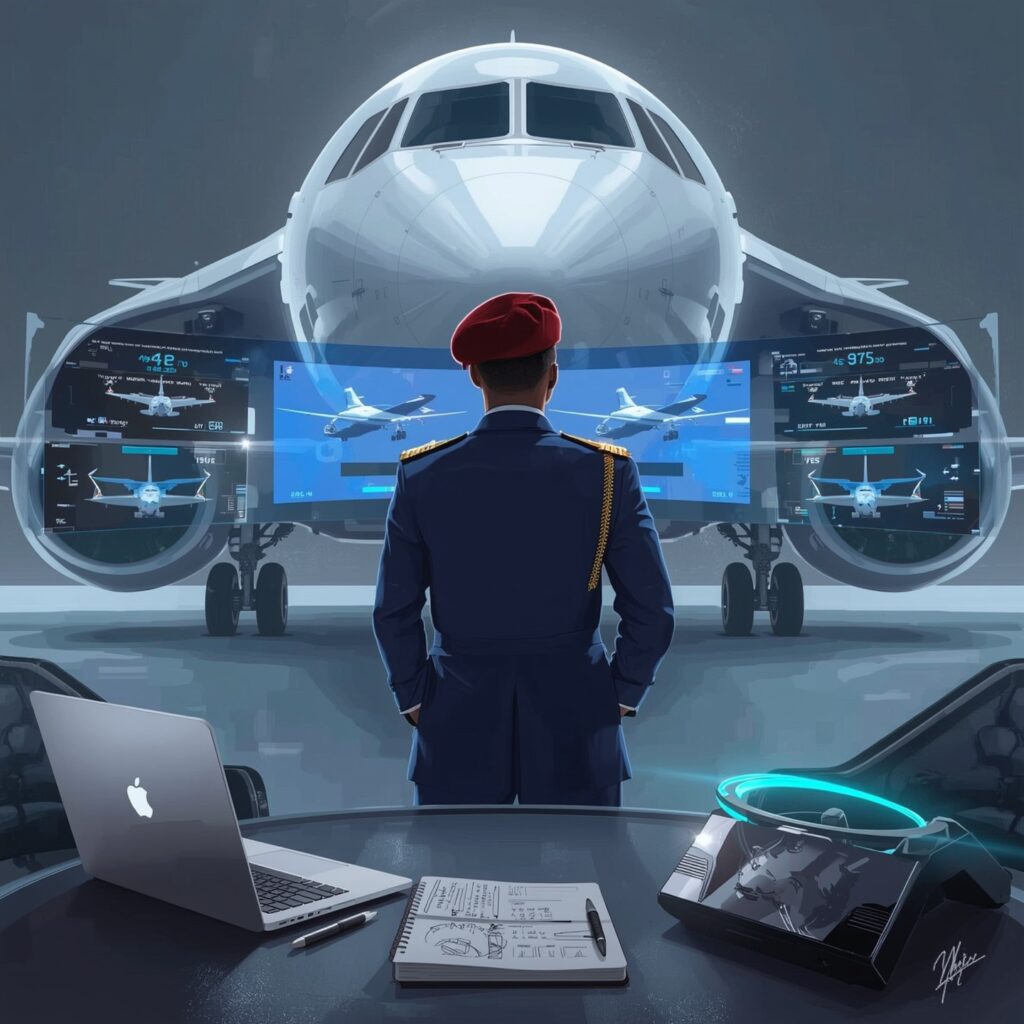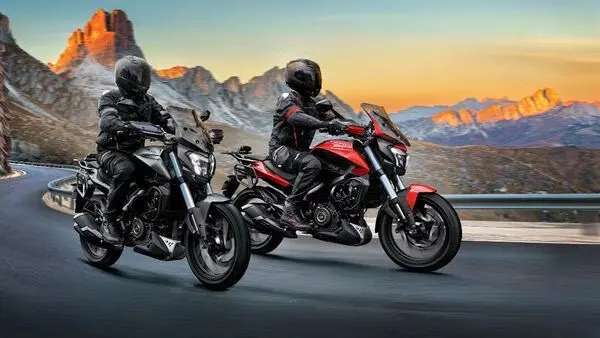
The Nigerian Air Force weighs up Airbus and Embraer for transport planes in what could be a game-changing decision for the nation’s airlift capabilities. As Nigeria seeks to modernize its military logistics and enhance aerial operations, top aviation manufacturers Airbus and Embraer have emerged as leading contenders for supplying new-generation transport aircraft. The competition signals a strategic shift in Nigeria’s defense procurement outlook.
Evaluating the Future of Nigeria’s Airlift Capabilities
The Nigerian Air Force (NAF) has been undertaking a broad evaluation of its logistics and transport fleet amid growing security challenges and peacekeeping responsibilities. With aging aircraft and increasing mission demands, the NAF is seriously considering replacing or augmenting its fleet with modern aircraft from either Airbus or Embraer.
Why Now?
There are multiple reasons why the Nigerian Air Force is weighing up Airbus and Embraer for transport planes at this point:
- The aging fleet of transport aircraft includes the C-130 Hercules.
- Operational fatigue due to counterterrorism missions in the Northeast.
- Increased need for rapid deployment in regional peacekeeping and humanitarian missions.
- The goal is to improve safety, reliability, and fuel efficiency.
Both Airbus and Embraer are offering compelling platforms that could meet the operational and strategic airlift needs of the Nigerian Air Force.
Airbus Offers the Versatile C295
Airbus has proposed the C295 tactical transport aircraft, a proven workhorse in multiple air forces around the world. This aircraft is known for its:
- Short takeoff and landing (STOL) capabilities.
- Versatility in troop, cargo, and medical evacuation roles.
- Low operating costs and high mission availability.
- Excellent performance in hot and dusty climates, similar to Nigeria.
The C295 is already in service with African countries like Egypt and Ghana, giving Airbus a strong case in regional reliability and adaptability.
Embraer’s C-390 Millennium: A Game Changer?
Embraer’s response comes in the form of the C-390 Millennium, a newer and more powerful aircraft designed to replace older tactical airlifters. The C-390 Millennium features:

- Higher payload capacity (26 tons).
- Faster cruising speed compared to turboprop alternatives.
- Advanced avionics and reduced maintenance time.
- Multirole capability including refueling, troop transport, and cargo drop.
The Nigerian Air Force weighs up Airbus and Embraer for transport planes carefully, knowing that each platform represents a different operational philosophy: tried-and-tested turboprop versus modern high-speed jet.
Strategic Considerations for the Nigerian Air Force
Choosing between Airbus and Embraer is not merely a technical decision. Several factors influence the final choice:
Cost and Financing
- Airbus C295 is generally cheaper upfront and more economical in long-term maintenance.
- Embraer C-390 Millennium, while more expensive, offers higher capacity and speed, which could reduce the number of missions required.
Political and Diplomatic Ties
The decision may also hinge on Nigeria’s diplomatic relations with Brazil and Europe. The defense partnership could pave the way for broader military-technical cooperation, including technology transfer and pilot training programs.
Local Maintenance and Support
The ability to establish maintenance, repair, and overhaul (MRO) facilities locally would be a big plus. Both Airbus and Embraer have expressed openness to collaborative infrastructure development in Nigeria.
Potential Impact on Africa’s Military Balance
If the Nigerian Air Force chooses Airbus or Embraer for transport planes, it will send signals across Africa’s military landscape. As one of the continent’s largest economies and militaries, Nigeria’s procurement decisions often influence neighboring countries and regional blocs like ECOWAS.
- A shift to the C-390 Millennium might inspire other nations to look beyond traditional Western suppliers.
- Opting for the C295 would align Nigeria with existing African military logistics norms.
Operational Roles: What Will the Aircraft Be Used For?
The Nigerian Air Force is likely to use the new transport aircraft in:
Counterinsurgency Operations
Transporting troops and logistics quickly to hard-to-reach areas like the North East and North West.
Humanitarian Missions
Aerial delivery of relief materials during flooding, displacement, or refugee crises in Nigeria and surrounding countries.
UN Peacekeeping
Nigeria has historically contributed to UN and African Union peacekeeping missions, which require fast, reliable air mobility.
Read More: Toyota to Pause LC70 Production: What You Need to Know
Conclusion
The Nigerian Air Force weighs up Airbus and Embraer for transport planes in a crucial decision that could redefine the future of its airlift capabilities. Whether it opts for the cost-effective and proven Airbus C295 or the powerful and modern Embraer C-390 Millennium, the outcome will have long-term implications for Nigeria’s military effectiveness, regional influence, and international defense partnerships.
The decision to choose between Airbus and Embraer transport aircraft is not just a matter of technology — it involves strategy, diplomacy, logistics, and the future readiness of the Nigerian Air Force. As the Nigerian Air Force weighs up Airbus and Embraer for transport planes, stakeholders both within and outside Nigeria are watching closely.
Disclaimer: This article is based on publicly available defense and aviation sources. Specifications and decisions are subject to change based on official government or manufacturer updates. Readers are advised to consult authoritative sources for the most current information.








